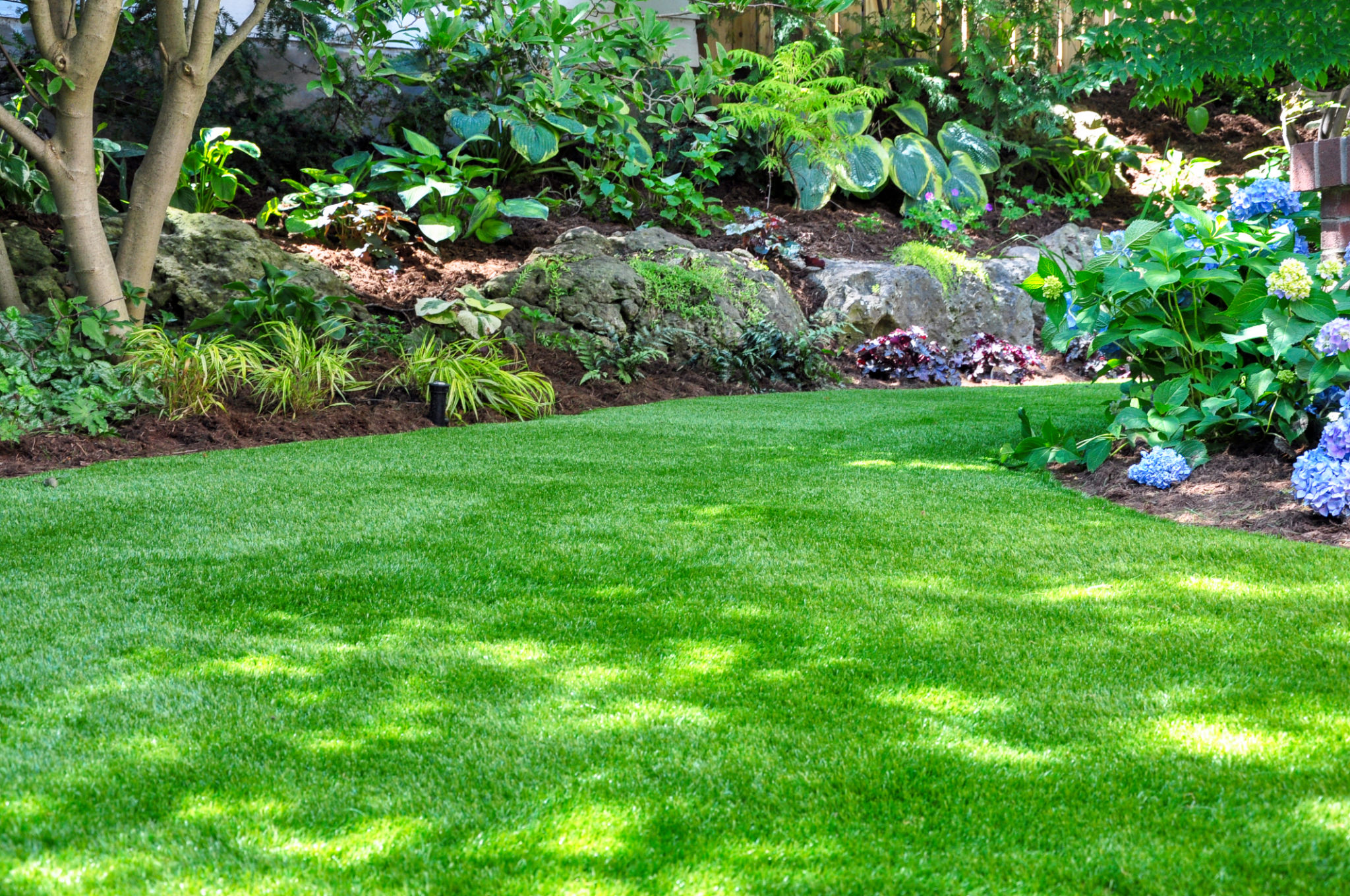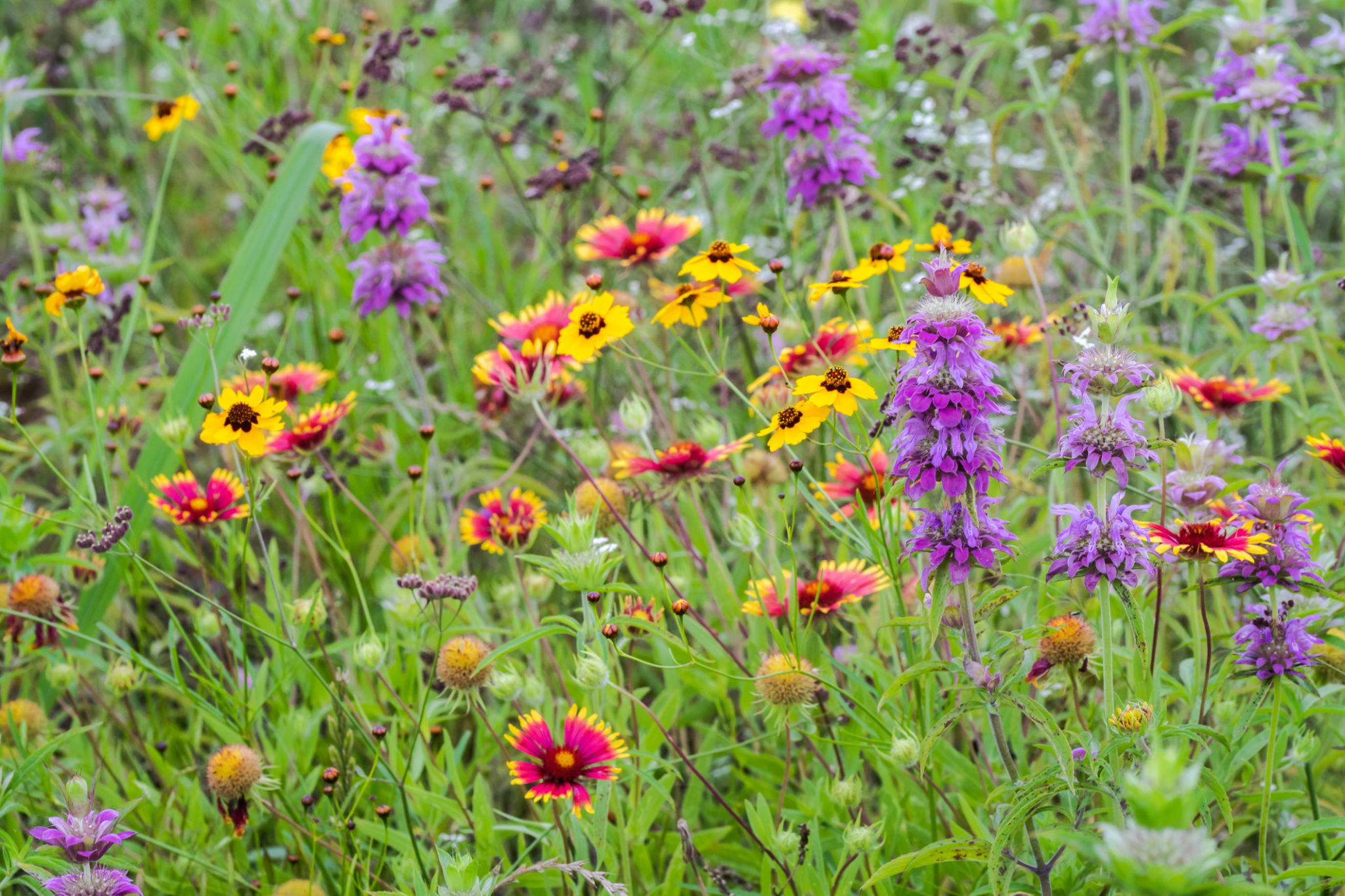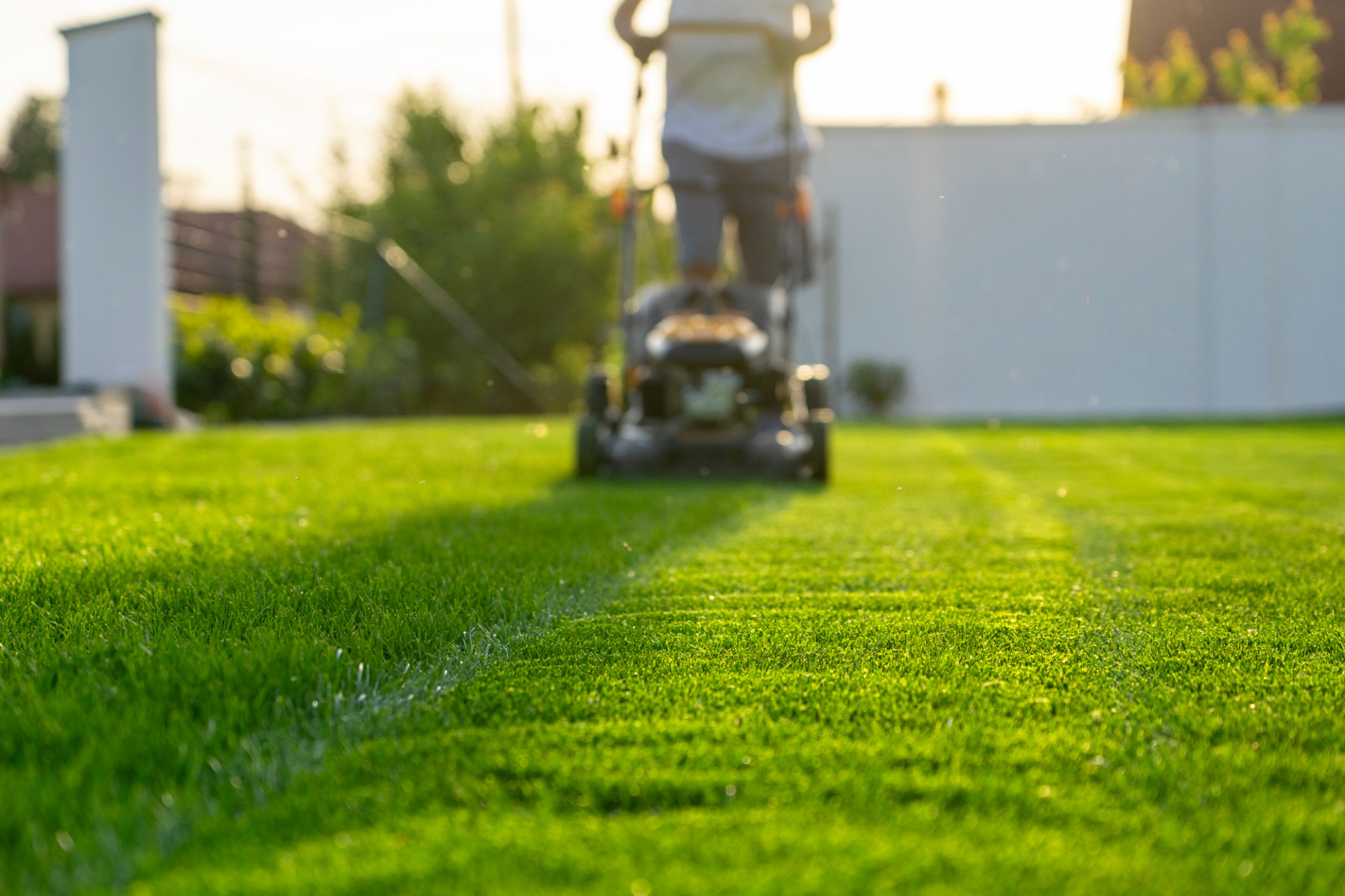Debunking Common Landscaping Myths: What Really Works
Understanding the Basics of Landscaping
Landscaping is often seen as both an art and a science, blending creativity with practicality to create beautiful and functional outdoor spaces. However, a number of myths can cloud our understanding of what truly works in landscaping. Here, we aim to debunk some of the most common misconceptions.

Myth: More Water Means Healthier Plants
One of the most prevalent myths in landscaping is that more water results in healthier plants. In reality, overwatering can lead to a host of issues, including root rot and fungal diseases. It's essential to understand the specific watering needs of your plants and adjust accordingly.
Proper irrigation techniques involve watering deeply and less frequently to encourage deep root growth. It's also wise to water early in the morning or late in the evening to minimize evaporation and maximize absorption.
Myth: Native Plants Are Boring
Another common misconception is that native plants lack the visual appeal of exotic species. However, native plants are well-adapted to local conditions, requiring less maintenance and providing critical habitats for local wildlife. They come in a wide array of colors and forms, making them a versatile choice for any landscape design.
Integrating native plants into your landscaping not only enhances biodiversity but also adds a unique beauty that reflects the natural environment of your area.

Myth: All Mulches Are Created Equal
Mulch is a crucial component in landscaping, helping retain moisture, suppress weeds, and improve soil health. However, not all mulches offer the same benefits. Organic mulches like shredded bark or compost enrich the soil as they decompose, while inorganic mulches like gravel do not.
Choosing the right mulch depends on your specific landscape needs. Organic mulches are generally preferred for their ability to improve soil quality over time.
Myth: Lawns Must Be Perfectly Green
The obsession with having a perfectly green lawn often leads homeowners to over-fertilize and overwater. A truly healthy lawn may not always be uniformly green but will be more resilient and sustainable. Diversifying your lawn with clover or other groundcovers can reduce maintenance needs and create a more eco-friendly yard.

Myth: Landscaping Is Only for Aesthetics
While aesthetics play a significant role in landscaping, functionality is equally important. A well-designed landscape can improve energy efficiency by providing shade, enhance privacy, and even increase property value. Consider the practical benefits when planning your outdoor space to make the most out of your investment.
By debunking these myths, you can make more informed decisions about your landscaping efforts, ensuring that they are both beautiful and beneficial. Understanding what truly works will lead to a more sustainable and thriving outdoor environment.